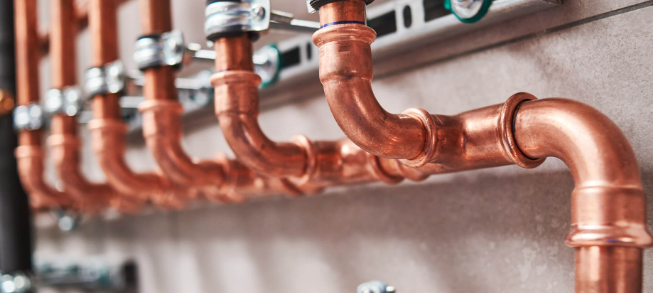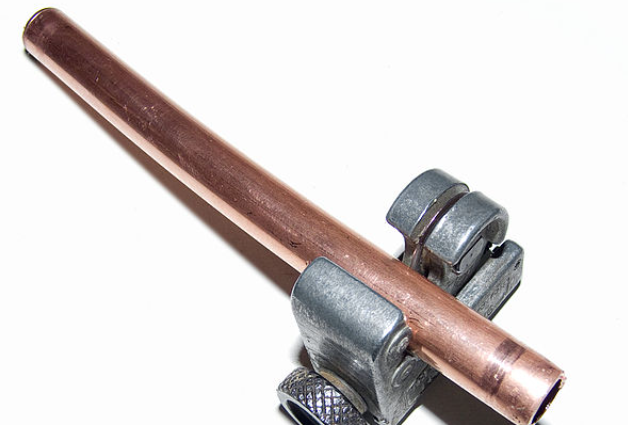Copper piping has been popular for plumbing and heating applications for many decades, with its use dating back to ancient civilisations. Historically, copper pipe has been recognised for its resistance to corrosion and its ability to withstand high temperatures, qualities that make it well-suited for transporting water and heat. The development of more advanced soldering techniques and fittings has further enhanced the versatility of copper piping systems, leading to their widespread adoption in residential, commercial and industrial settings.
Advantages of copper piping
One of the key advantages of copper piping in heating systems is its exceptional thermal conductivity. This property allows copper pipes to efficiently transfer heat, making them ideal for use in heating systems which rely on circulating heated water through pipes installed beneath floors or within walls to provide warmth to interior spaces. Copper piping can offer a dependable and efficient solution for delivering warmth and comfort to residential, commercial and industrial spaces.
Is copper pipe safe?
Yes, copper piping is generally considered safe for use in plumbing systems. It has been a preferred material for plumbing for many years and is naturally antimicrobial, which helps maintain water quality by preventing bacterial growth within the pipes.
However, it’s essential to ensure that copper piping is installed correctly and maintained properly to prevent potential issues such as leaks or contamination. If you’re looking to purchase a copper pipe system, consider using specialist pipeline merchants such as those at https://watkinspowis.co.uk/products/copper-pipe-fittings-and-press-systems.
Is copper piping expensive?
Copper piping typically comes with a higher upfront cost than plastic alternatives. However, while initial expenses may be higher, long-term savings are achievable due to reduced maintenance needs. Its performance and longevity can make it a cost-effective choice in the long run, particularly for projects prioritising reliability over immediate savings.





